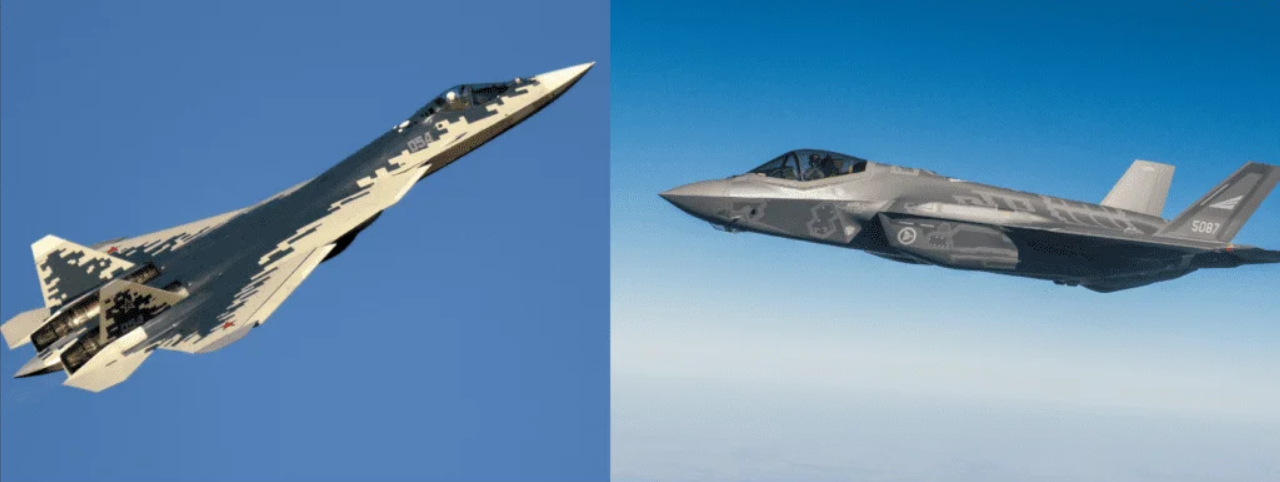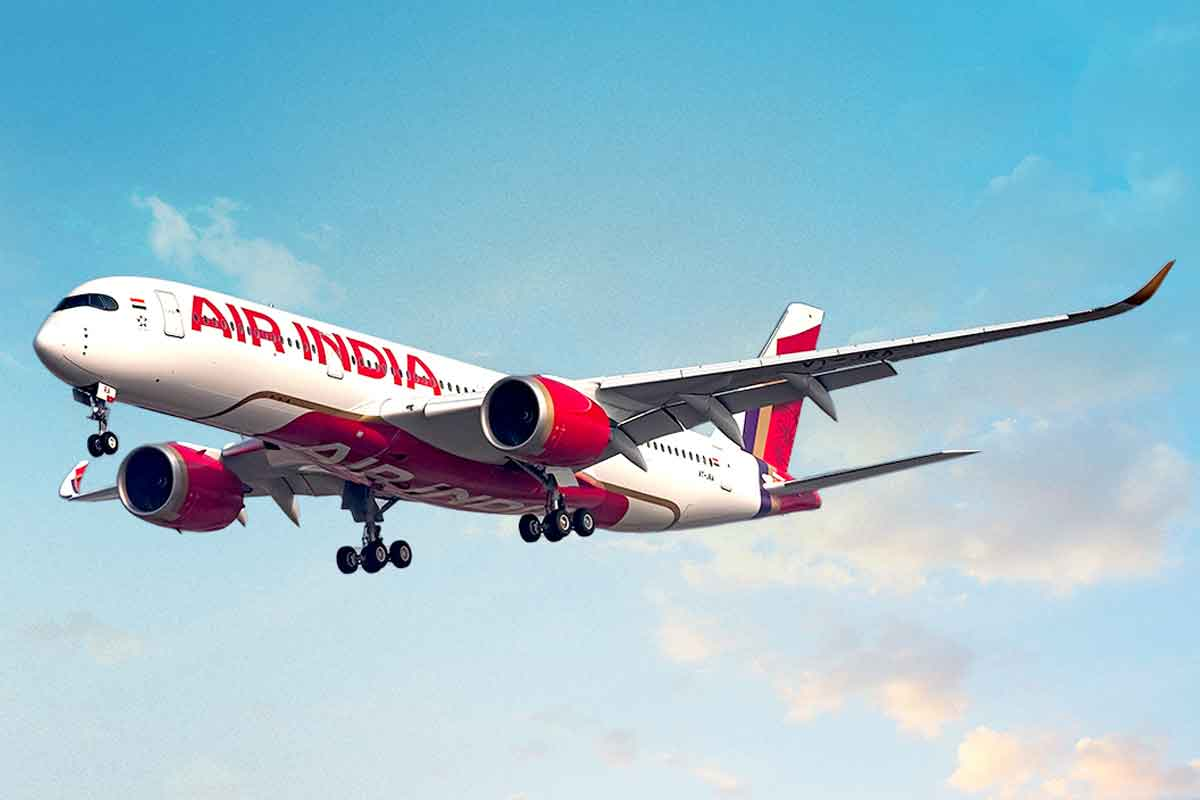The HAL AMCA: Can the IAF Compete with International Fifth-Gen Aircraft?
India's entry into the elite club of countries with fifth-generation aircraft may be on the horizon with the introduction of HAL AMCA (Advanced Medium Combat Aircraft) at Aero India 2025.
Designed by the Aeronautical Development Agency (ADA) and to be manufactured by Hindustan Aeronautics Limited (HAL), the aircraft aims to compete with the likes of the F35 Lightning-II, the Su-57 and Chengdu J20.
The AMCA is envisioned as a multi-role stealth fighter featuring cutting-edge technology, super-cruise capability, and a low radar cross-section. At a time when India faces complex security challenges on two fronts- from China and Pakistan, the need for a more advanced air force could never be more urgent, especially since the rising Indo-Pak tensions including drone and missile strikes, cross-border firing and shelling as well as diplomatic measures. The Indian Air Force currently includes the 4.5th Gen French Dassault Rafale, the 4th-Gen Mig29s, Su30 MKIs, and Mirage 2000s, and more.
The above image displays competing 5th Gen fighters- the Su57 and F35.
At the heart of the AMCA is stealth. Its design features include a reduced radar cross-section, internal weapons bays, serpentine air intakes, and radar-absorbent materials—all crafted to make it virtually invisible to enemy radar. The aircraft will also integrate cutting-edge avionics, including an indigenous Active Electronically Scanned Array (AESA) radar, AI-powered sensor fusion, and advanced electronic warfare capabilities. For pilots, this means a battlefield awareness advantage, enhanced survivability, and precision targeting in contested environments.
The AMCA will be developed in two distinct phases. The Mark 1 variant will initially be powered by the American GE F414 engines, while the Mark 2 is expected to incorporate a more powerful, Indian-made engine developed in collaboration with foreign partners like Safran or Rolls Royce. The roadmap currently targets prototype rollout by 2026–27, with a maiden flight expected around 2028. If successful, production could begin in the early 2030s.
However, the journey is far from easy. Precedent of Indian aircraft development not going to plan exists. The HAL Tejas, while entering service in large numbers now, had suffered major delays, shifting design goals and performance criticisms. Budget too might be a constraint. To the contrary, ISRO perfectly displays how Indian engineering can achieve goals faster and better than others with a tenth of the budget, a prime example being the Mars Orbiter Mission or Mission Mangalam.
The AMCA can be a bold step in Indian development and prosperity. Not only will it be a marvel of engineering, but it will also contribute to defense self-reliance and may be a deterrence to hostile neighbors.






Comments
Post a Comment